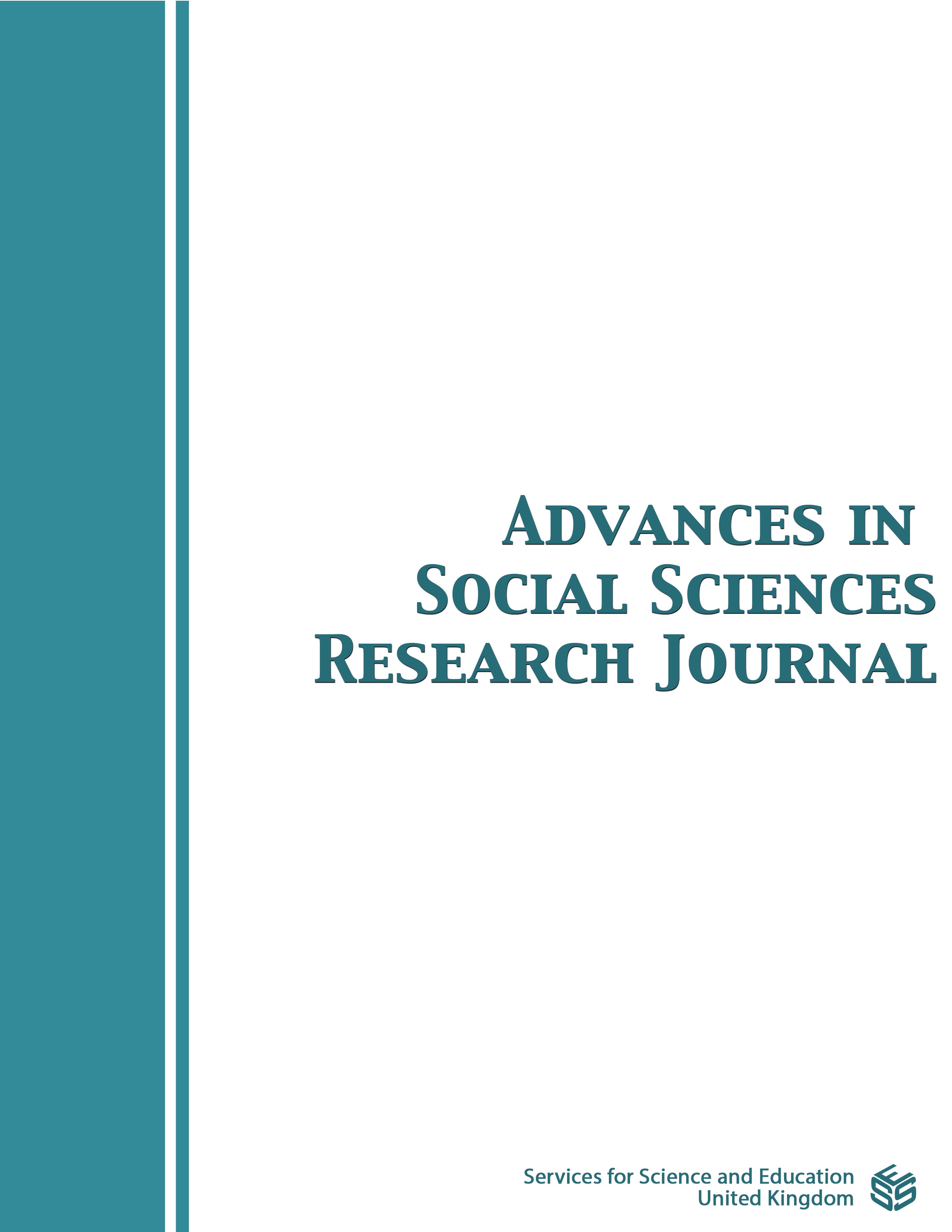The Relationship between Reading Vocabulary and Reading Comprehension in a Direct Instruction Reading Program
DOI:
https://doi.org/10.14738/assrj.912.13683Keywords:
Direct Instruction, Reading, Vocabulary, ComprehensionAbstract
The purpose of this study was to examine the relationship beween Hispanic, Caucasian, and Africa American students’ reading voacabulary achievement and reading comprehension achievement in a Direct Instruction reading program. The study consisted of students from a small, rural school district in southeast Arkansas. A total of 230 students participated in the study. Seventeen were Hispanic students, 33 were Caucasian students, and 180 were African American students. The study used an Analysis of Covariance (ANCOVA) statistic to identify any potential differences in reading vocabulary and reading comprehension among the subgroups. The findings of this study suggest that statistically significant differences did exist between Hispanic, Caucasian, and African American students in reading vocabulary using a Direct Instruction reading program. The Hispanic participants had a higher mean achievement gain score in reading comprehension than either Caucasian or African American students. The Hispanic participants also had a higher mean achievement gain score in reading vocabulary achievement than the African American participants but a smaller mean achievement gain score than the Caucasian participants.
Downloads
Published
How to Cite
Issue
Section
License
Copyright (c) 2022 Timothy Watkins

This work is licensed under a Creative Commons Attribution 4.0 International License.
Authors wishing to include figures, tables, or text passages that have already been published elsewhere are required to obtain permission from the copyright owner(s) for both the print and online format and to include evidence that such permission has been granted when submitting their papers. Any material received without such evidence will be assumed to originate from the authors.






